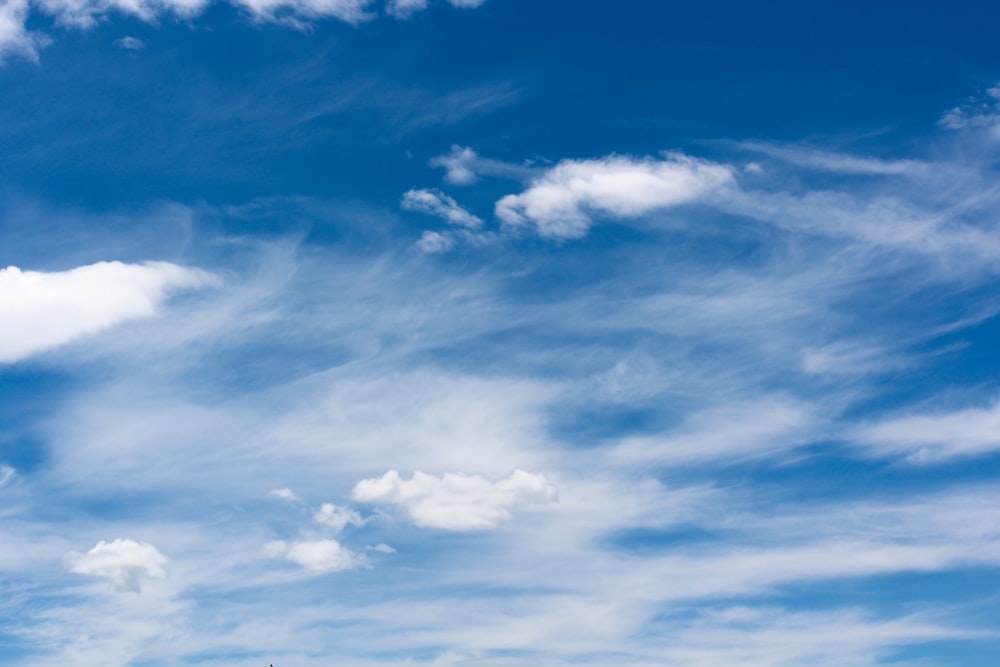A cloud is a visible mass of tiny liquid droplets, ice crystals, or other particles suspended in the atmosphere of a planetary body or similar space. These droplets and crystals could be made of water or a variety of different substances.

With the monsoons right around the corner, let us see what we can tell about the different clouds that we see throughout our day!
You see, we can find clouds almost in the entire homosphere (the lowest part of the Earth’s atmosphere). Terrestrial clouds can be found in the troposphere, stratosphere, and mesosphere, which make up the homosphere. Air can get saturated within these layers of the atmosphere as a result of being cooled to its dew point or having moisture injected from a neighbouring source.
The sunlight is scattered in all directions rather than reflected by many water droplets formed together, resulting in a white cloud, but the sunlight is distributed in all directions rather than reflected by a dark or grey cloud.
Our planet has four forms of clouds – Cumulus, Cirrus, Stratus, and Nimbus.
Cirrus Clouds
The thin, wispy clouds seen high in the sky are known as cirrus clouds. They appear as if someone stretched a cloud and ripped bits off, similar to how a cotton ball is pulled apart. Because they are comprised of ice crystals rather than water droplets, they are very thin. A blue sky with a few cirrus clouds high in the sky usually indicates a pleasant day!

Cumulus Clouds
Cumulus clouds are puffy clouds that can be found strewn across the sky. Cumulus is a Latin term that means mound. Things pile up, just like they do when we say “accumulate.” When warm air rises, it carries water vapour with it, forming this type of cloud. Cumulus clouds can be either white or grey in colour. It will not rain if the clouds are white and fluffy, but it will rain if they get dark or grey.

Stratus Clouds
Stratus clouds appear to be a massive blanket enveloping the sky. If it’s warm outside, these clouds are a clear sign of rain, and if it’s freezing, they’re a sure sign of snow. Fog forms when stratus clouds are close to the earth. When the weather is frigid and warmer moist air flows in, these clouds form. The thickness of the cloud or fog is determined by the amount of moisture in the air and the temperature differential between warm and cold air.

Nimbus Clouds
The word nimbus refers to a cloud that is already raining or snowing. These dark clouds appear during a thunderstorm and are accompanied by thunder and lightning. They can be a hybrid of two clouds, such as Cumulonimbus (a fluffy black cloud with rain falling from it) or Stratonimbus (a dark blanket with rain pouring from it).

Jupiter also has beautiful cloud layers. This planet’s clouds are formed at different altitudes in the planet’s atmosphere. Except for the top of the Great Red Spot, the white clouds are the highest, with cloud-top temperatures of about 120 kelvins.

So next time we look at clouds, we might not only be able to make shapes out of them, but we may also be able to tell what cloud that is and if it seems like it will rain!

